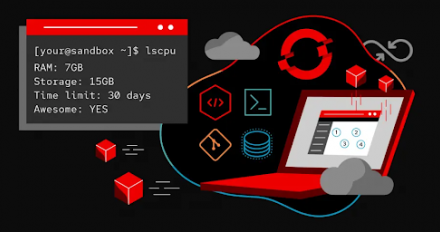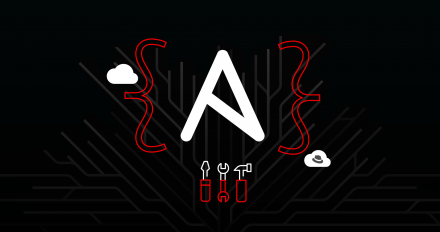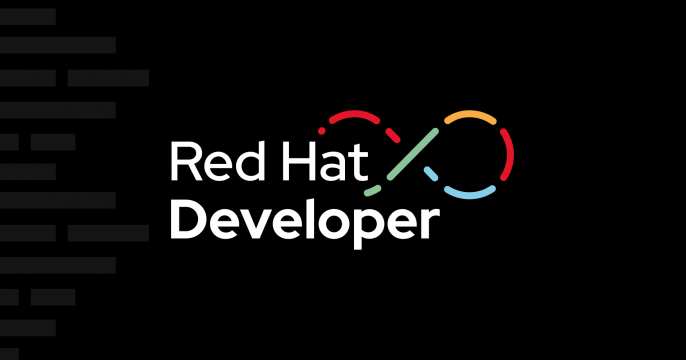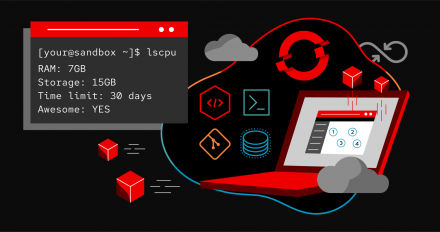
Camel integration quarterly digest: Q1 2024
Dive into the inaugural edition of Camel integration quarterly, covering the

Dive into the inaugural edition of Camel integration quarterly, covering the

Discover how to simplify your migration path to the Red Hat build of Apache Camel from Red Hat Fuse using a template-based solution pattern.

APIs evolve along with changing business needs and the technology landscape. This article provides strategies for navigating change with a practical example.

In the ever-evolving landscape of software development, the quest for

Learn how to create a Java application that uses AI and large-language models (LLMs) by integrating the LangChain4j library and Red Hat build of Quarkus.

Discover how to integrate cutting-edge OpenShift AI capabilities into your Java applications using the OpenShift AI integration with Quarkus.

Join Red Hat Developer for the software and tutorials to develop cloud applications using Kubernetes, microservices, serverless and Linux.

Node.js. is an open source JavaScript runtime environment designed to build

Hybrid cloud architecture combines a mixture of public cloud, private cloud, or

DevNation Tech Talk: Simplifying containers and Kubernetes on your laptop with Podman Desktop

The Camel Quarkus runtime lets you run integration processes with low memory usage, fast startup, and high performance. Learn how you can try it out at no cost.

This article explains the benefits of domain-specific languages and compares Camel's Java, XML, and YAML DSLs to help you choose the right one for your team.

The latest version of the migration toolkit for applications from Red Hat supports integrations with Jira, migration waves, and Red Hat OpenShift monitoring.

Learn how to integrate Red Hat Ansible Automation Platform in a GitLab CI pipeline to automate and streamline your software deployment process.


Experiment with Camel K integration in a fully web-based experience using the Developer Sandbox for Red Hat OpenShift—no local installs needed.

Explore hands-on tutorials for developers who want to learn about application and API connectivity, data transformation, real-time messaging, and data streaming.

Learn how to install, deploy, administer, and operate a high-performance messaging system based on Red Hat AMQ Broker with this cheat sheet.

How to set up Packit, which tests and builds RPM packages on Fedora Linux, CentOS Stream, and other distributions to ease the integration of upstream projects.

Learn how service contexts accelerate development workflows by easily connecting client applications to OpenShift application service instances in the rhoas CLI.

This article shows how to integrate new components and protocols into an application without a clunky user interface or spaghetti code.

Improve your data security by integrating your existing systems and using

Follow these steps to integrate Data Grid and JBoss EAP in the same project on OpenShift. You can boost application scalability by offloading the session data.

Data integration patterns help create a unified, accurate, and consistent view